In this edition of Forces of Fame, we take to the skies with one of my very favourite aircraft of the Second World War – the sleek and powerful Messerschmitt Bf 110! (this assertion caused somewhat of an argument with the studio’s resident Mosquito fans -ed.). This twin-engine heavy fighter served throughout the war, albeit with rapidly decreasing effectiveness, and is an iconic image of the Battle of Britain period.
Entering service shortly before the war, the Bf 110 was designed to the Zerstörer (destroyer) concept as a high-speed fighter-bomber, capable of escorting large bomber formations and performing tactical ground attack missions, as well as reconnaissance and maritime patrol duties. After initial teething troubles with the powerplant, the 110 C model, with its Daimler-Benz 601 engines, proved to be an effective aircraft in the early part of the war, cutting a swathe through the ill-prepared and often outdated Dutch and French air forces. Although fast and packing a serious punch with its nose-mounted armament of machine guns and cannon, the 110 was hampered during the Battle of Britain by its utilisation as a close escort to bomber swarms. An excellent ‘boom-and-zoom’ fighter, using its speed to quickly close on enemy aircraft, deliver a poweful strike and escape, the 110 suffered when forced into a reactionary escort role, particularly against the more manoeuvrable single-engine Spitfires and Hurricanes. On August 15th, 1940, almost 30 Bf 110s were lost in a single day, and this attrition eventually led to the type’s withdrawal from that theatre. Of the 237 serviceable 110s the Luftwaffe had begun the Battle of Britain with, a staggering 223 were lost to all causes.
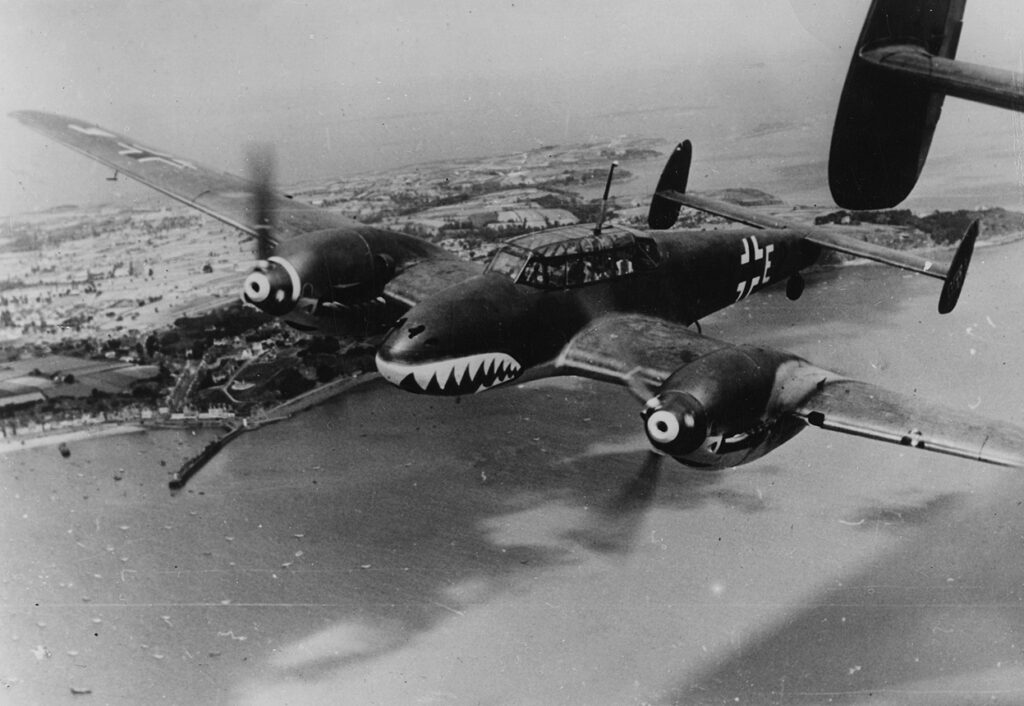
Following the Battle of Britain, the Bf 110 served in Yugoslavia, the Middle East, North Africa, and several other theatres, performing capably in the ground attack role, and (when encountering inferior opposition) as a daylight fighter. Comparatively few were committed to the Eastern Front but proved very useful early on as strike fighters in the face of a weaker Soviet air force. As the campaign progressed, as in the skies over southern England, Russian pilots in increasingly advanced machines began to take a heavier toll on the 110 units, and by 1943 most had been withdrawn to Germany for the defence of the Reich where the type performed admirably as a bomber-hunter thanks to its speed and heavy forward armament.
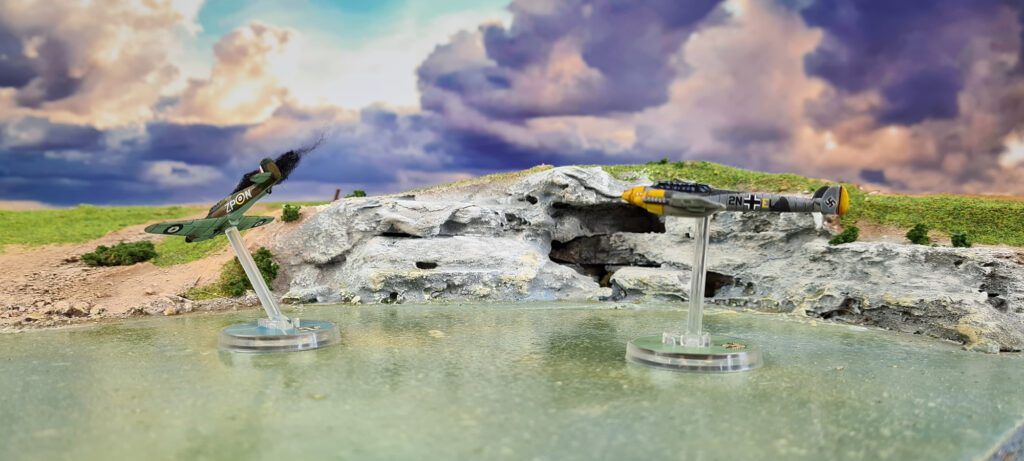
Initially used against the USAAF daylight raids until the introduction of longer-ranged escort fighters such as the P-51 Mustang, the 110 really came into its own with the introduction of the G-series as a night fighter, exacting a heavy toll on RAF Bomber Command in defence of German cities. Progressively upgraded and improved upon, these aircraft would eventually feature the Lichtenstein air-to-air radar system and the fearsome Schräge Musik upward-firing cannon. Virtually all of the Luftwaffe’s feared night fighter aces flew the 110 G at some point in their careers, and the aircraft soldiered on in this role until the end of the war.
The crisply detailed plastic aircraft found in the boxed set give you two different options for fielding your own Zerstörer squadron – take on RAF Fighter Command with the early-war C model, or scour the skies above the Reich with the Bf 110 G!
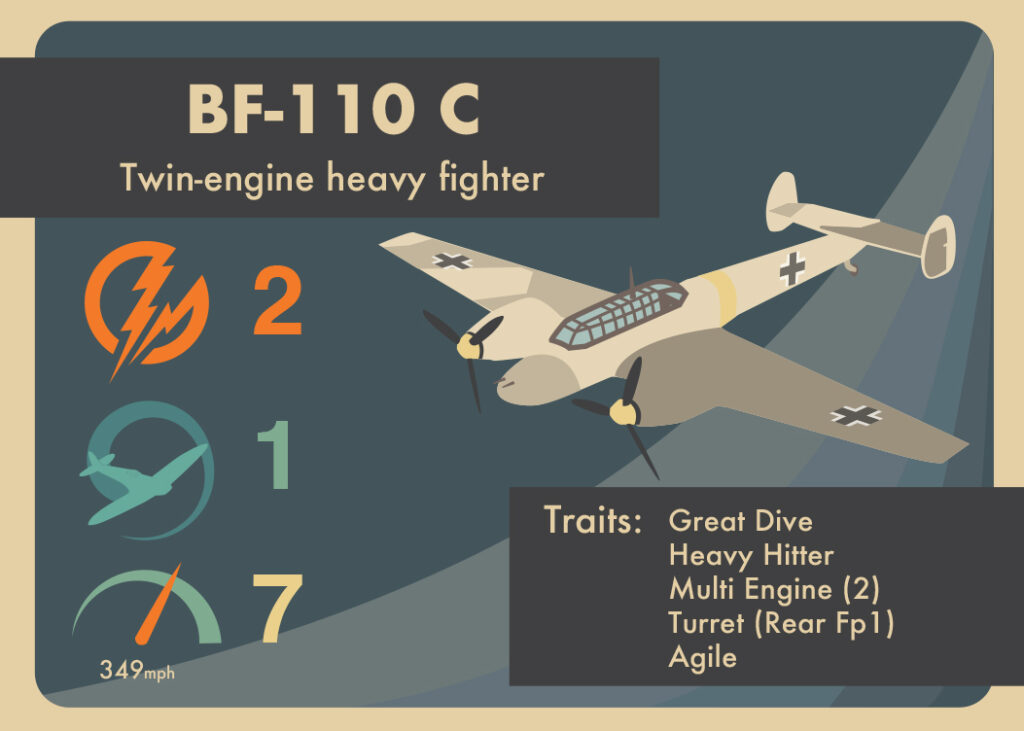
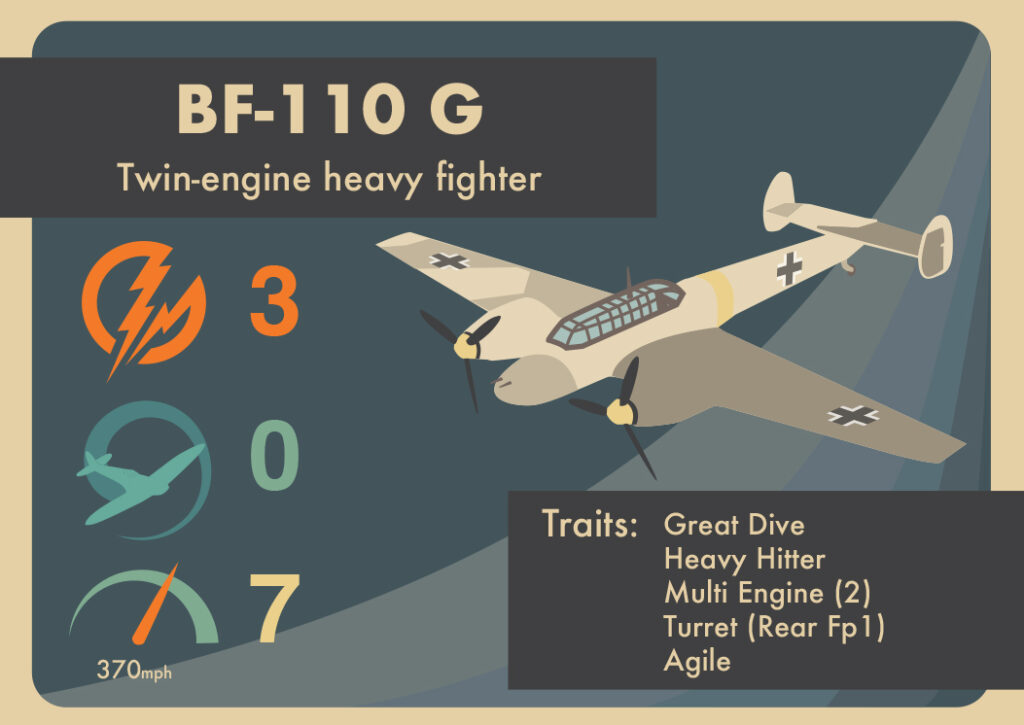
The 110 C brings excellent speed and a powerful armament to the table, with the Great Dive and Agile traits making it an ideal ‘boom-and-zoomer’ which can get in and out of an engagement quickly. The Heavy Hitter trait provided by the fearsome nose armament allows it to make the most of the short windows of opportunity to attack you’ll find in games of Blood Red Skies, while the rear gunner can keep your tail covered as you climb away!
If you need a city or factory defended, look no further than the G series! Boasting even more speed and firepower (although at the cost of some manoeuvrability), the Bf 110 G has the punch to take down even the heaviest bombers, and the speed to try and stay ahead of any pesky escorts! Can you recreate the impressive tallies of the top night fighter aces?
Pick up a squadron today, and if you’re in need of some top-quality leadership then look no further than Wolfgang ‘Bombo’ Schenk!
Other articles in the Forces of Fame Series:
Bolt Action – The Tiger I
Victory at Sea – The Bismarck
Pike & Shotte – Cuirassiers
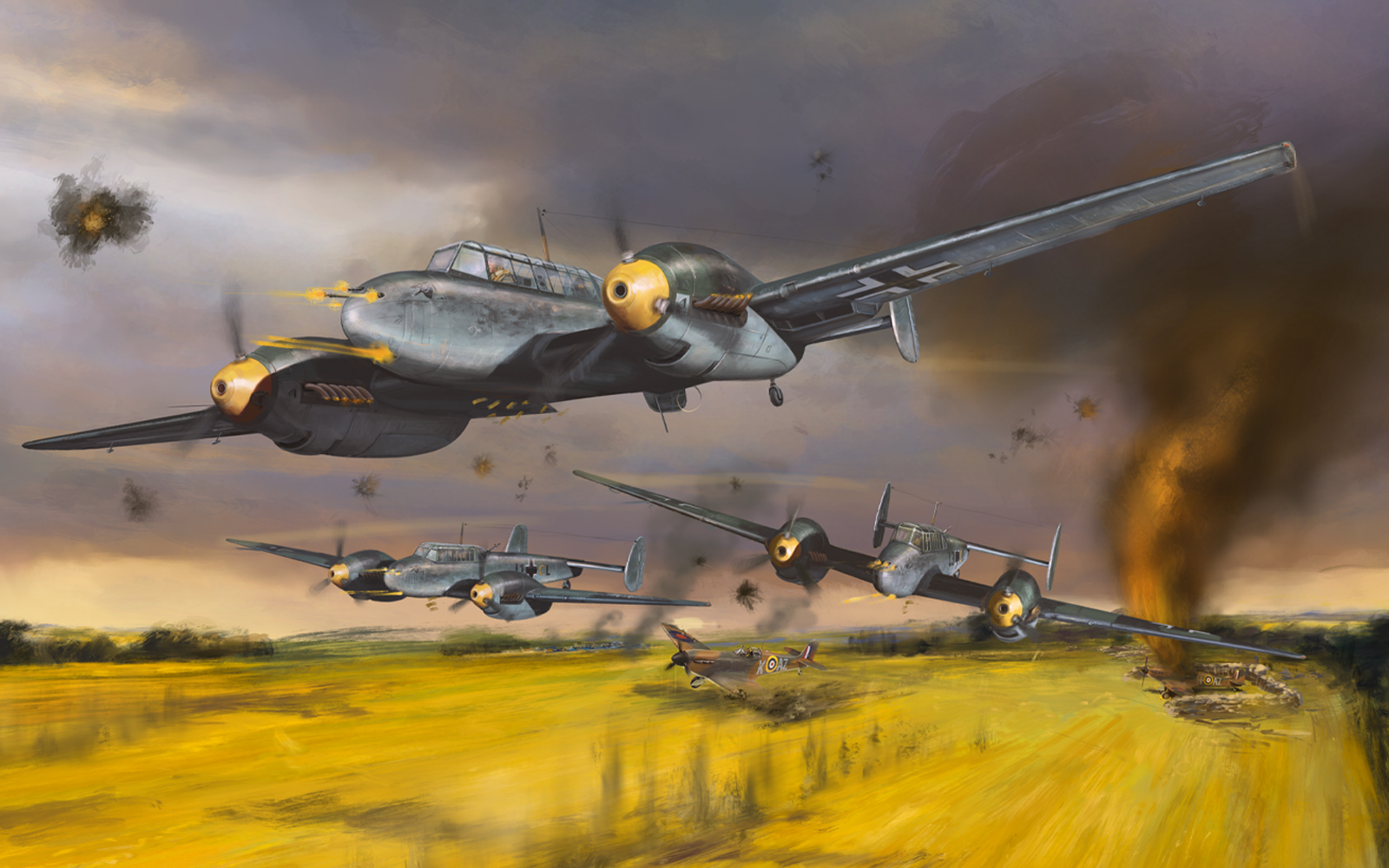
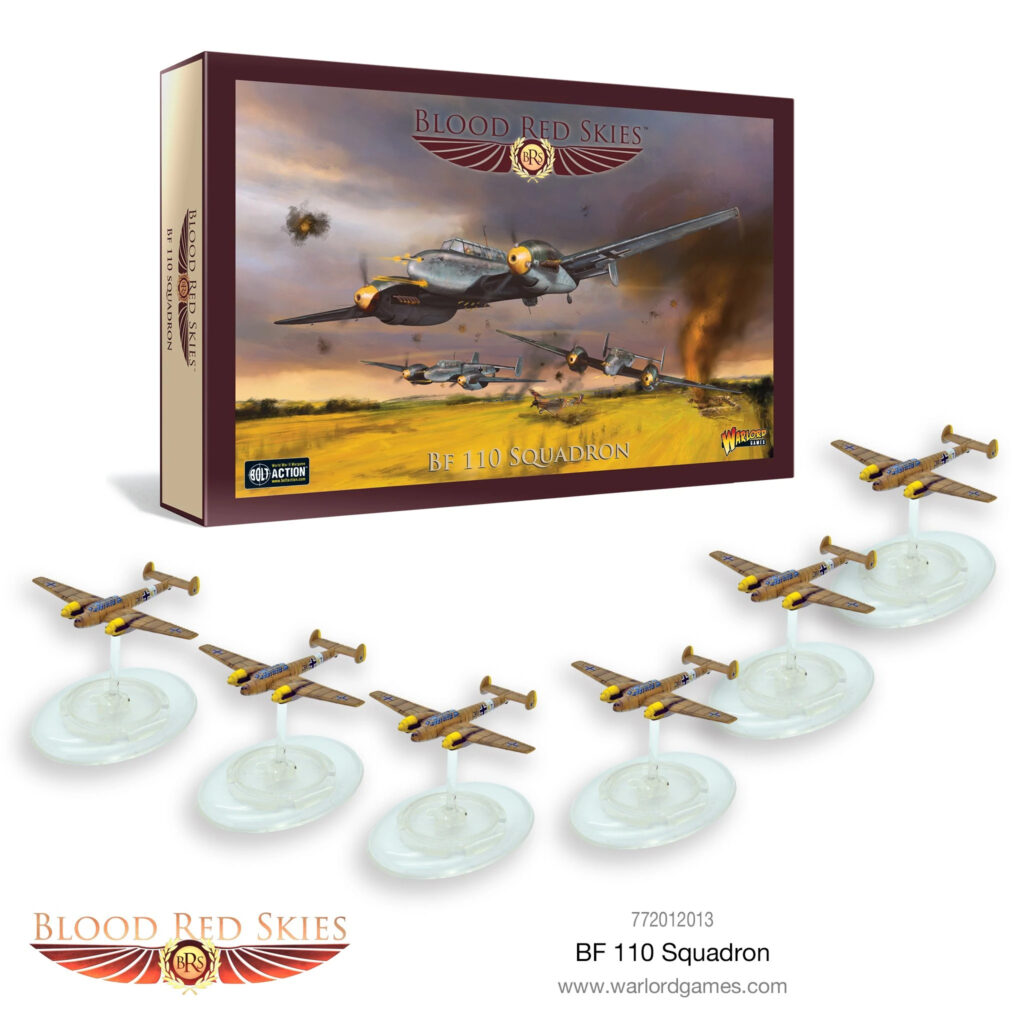
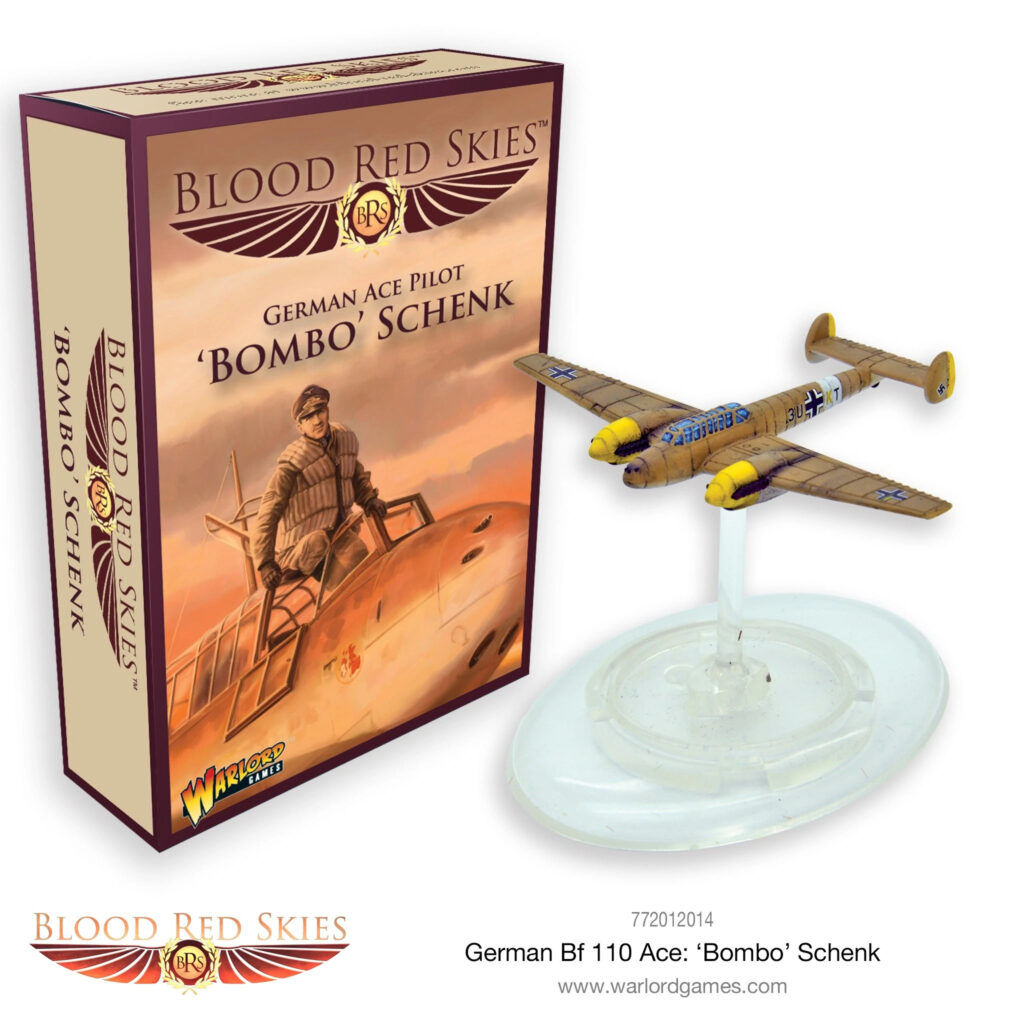
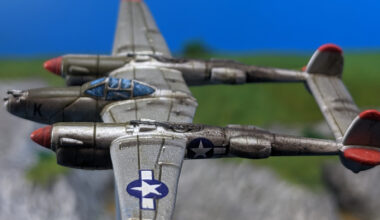
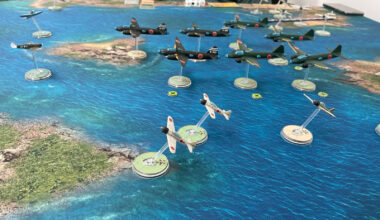
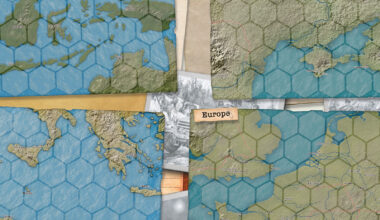
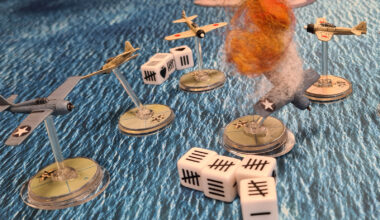
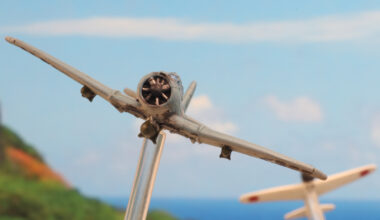
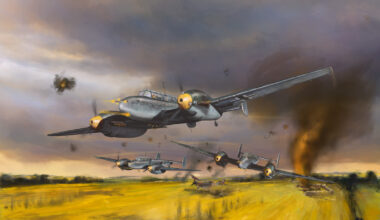
1 comment
Ice article – thanks. The Me110 has been my favourite WW2 plane since I bought the ‘Dogfight Doubles’ kit with the Spitfire when I was a nipper!
Comments are closed.